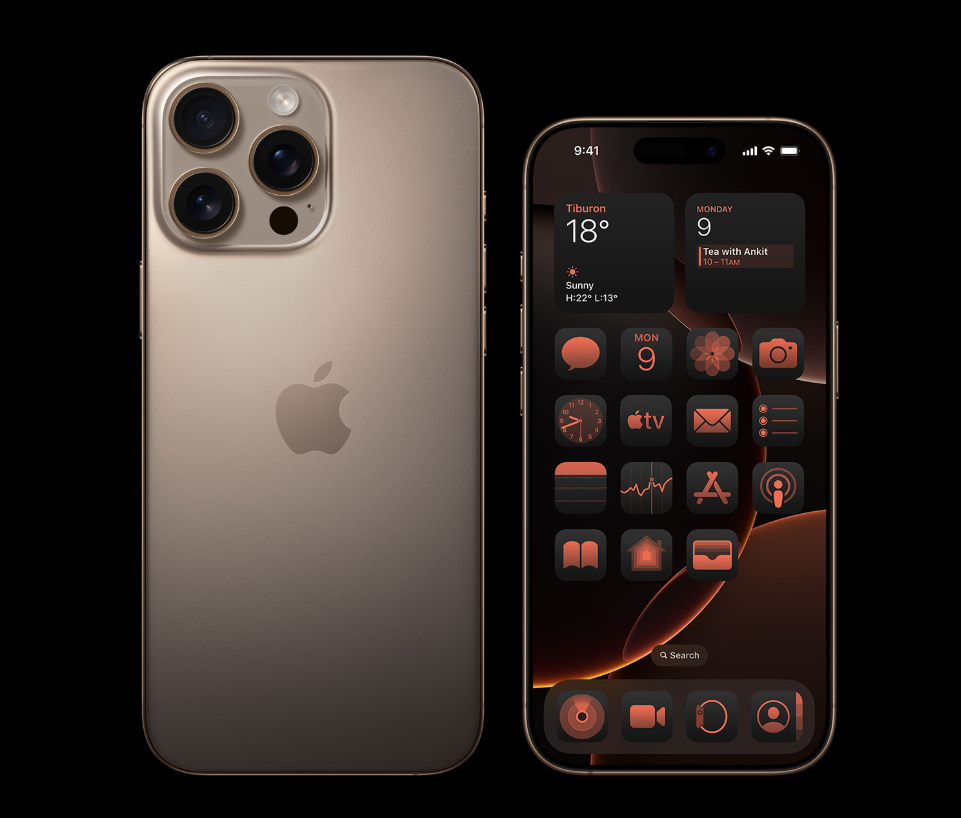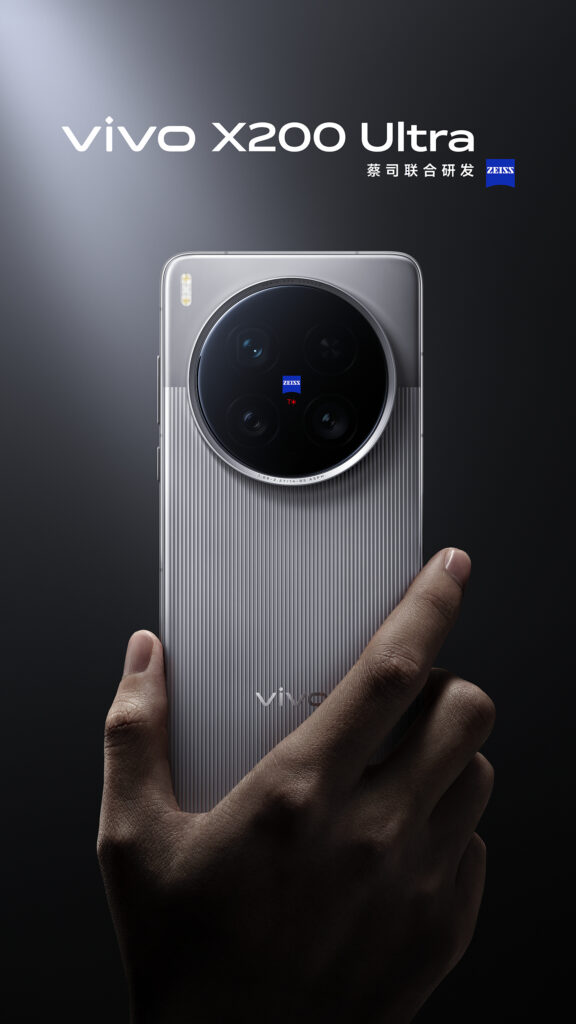
With flagship smartphones pushing boundaries each year, the Vivo X200 Ultra and iPhone 16 Pro Max represent the pinnacle of Android and iOS innovation. This comparison matters because it highlights how top-tier devices from two different ecosystems approach performance, photography, and premium experiences. For buyers deciding between platforms, understanding these differences is essential.
Design and Display

Build and Feel:
Vivo X200 Ultra features a glass front and back with an aluminum frame, while the iPhone 16 Pro Max opts for a more premium titanium build. The titanium gives the iPhone a slightly lighter and more robust feel, especially against drops and wear. Vivo offers higher ingress protection (IP69 vs IP68), making it more durable in extreme conditions. However, the iPhone’s tighter software-hardware integration and consistent refinement give it a more polished feel in hand. In terms of build quality, the iPhone edges out slightly due to premium material use and refined ergonomics.
Display Quality:
Vivo offers a larger 6.82″ LTPO AMOLED with a peak brightness of 4500 nits, surpassing the iPhone’s 6.9″ Super Retina XDR OLED with a 2000-nit peak. Vivo also boasts higher resolution and pixel density, delivering sharper visuals. Additionally, Dolby Vision and HDR Vivid are present on both, but Vivo’s raw brightness and color depth offer a more impactful viewing experience outdoors and with HDR content. The always-on display feature is available on the iPhone but absent in the Vivo, which is a minor trade-off.
Verdict:
While the iPhone 16 Pro Max has superior materials and polish, the Vivo X200 Ultra delivers a brighter, sharper display and better durability. For users prioritizing screen quality and ruggedness, the Vivo takes the lead.
Specifications

Performance:
Vivo X200 Ultra is powered by the Snapdragon 8 Elite (3nm), paired with up to 16GB RAM and UFS 4.1 storage, while the iPhone 16 Pro Max runs the Apple A18 Pro chip with 8GB RAM and NVMe storage. Apple’s chip maintains top-tier efficiency and performance in real-world use, especially in sustained tasks like video editing and gaming. However, Vivo’s hardware is more flexible, especially for multitasking and RAM-intensive apps. For synthetic benchmarks, both are near the top, but Apple has a slight lead in GPU-intensive tasks and thermal efficiency.
Battery and Charging:
Vivo X200 Ultra has a massive 6000mAh battery, easily outlasting the iPhone’s 4685mAh cell. It also features significantly faster 90W wired and 40W wireless charging, plus reverse wired/wireless support. The iPhone lags behind with 25W wireless and slower wired charging, although it benefits from MagSafe integration. Vivo’s edge lies in endurance and charging versatility, making it ideal for power users.
Verdict:
Vivo outperforms in battery capacity and charging flexibility, while Apple maintains a slight edge in efficiency and software optimization. For users focused on speed and battery longevity, Vivo is the superior option.
Camera

Main and Secondary Lenses:
Vivo’s triple setup includes a 50MP wide with gimbal OIS, a 200MP periscope telephoto, and a 50MP ultrawide—all enhanced by Zeiss optics and advanced video modes including 8K. Its optional 200mm add-on lens is unmatched in flexibility. The iPhone counters with a more conservative 48MP wide, 12MP periscope (5x), and 48MP ultrawide, supported by a LiDAR scanner for AR and depth. Vivo’s versatility and image processing, especially at zoom and low-light, offer more creative control, while Apple provides more consistency and natural processing.
Selfie Camera:
Vivo features a 50MP front-facing shooter with 4K60fps support, while the iPhone offers a 12MP sensor with 3D depth and spatial video recording. Although Apple’s sensor is smaller, the addition of SL 3D enables secure Face ID and superior portrait depth. However, for vloggers and content creators needing sharp detail, Vivo’s higher resolution and 4K video at 60fps stand out.
Verdict:
Vivo delivers more hardware-driven camera flexibility, while Apple offers precision and consistency. For those seeking photographic versatility and high-res selfies, Vivo has the upper hand.
Pricing

Vivo X200 Ultra is priced around $900, while the iPhone 16 Pro Max starts at approximately $1100. Vivo offers more RAM and storage per dollar, including a 16GB/1TB model for less than Apple’s 8GB/1TB counterpart. Additionally, Vivo includes more premium features like faster charging, higher display brightness, and a more capable zoom system.
Verdict:
Apple’s price premium is justified by its ecosystem integration and brand value, but purely on hardware value and feature set, the Vivo X200 Ultra is the better deal for the money.
Conclusion

The Vivo X200 Ultra stands out with superior camera versatility, faster charging, and a brighter display, all at a lower price than the iPhone 16 Pro Max. It’s the better choice for users focused on photography, battery life, and overall value. Meanwhile, the iPhone 16 Pro Max remains ideal for those invested in the Apple ecosystem who prioritize long-term software support and premium build quality. Overall, the Vivo X200 Ultra offers more features for less, making it the stronger all-round flagship for most users.
Read More:
- Vivo X200 Ultra vs Xiaomi 15 Ultra: Performance, Cameras, and Value Compared
- Oppo Find X8s+ vs Galaxy S25+: Will You Pick Oppo’s Innovation or Samsung’s Ecosystem?
- iPhone 16 vs Pixel 9 Specs Comparison: 2024 Smartphone Duel
The post Vivo X200 Ultra vs iPhone 16 Pro Max: Can Vivo Outshine Apple in 2025? appeared first on Gizmochina.








